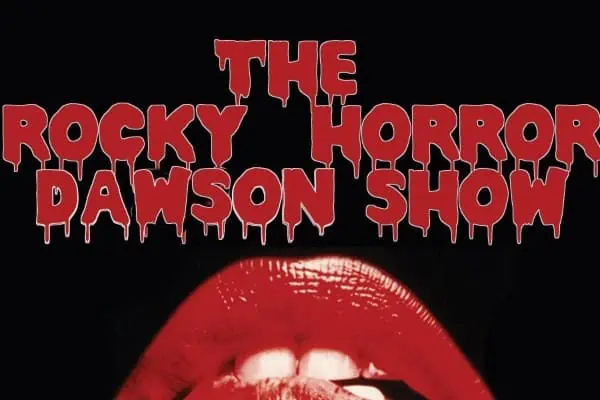The two songs Tristan Whiston sang constantly during his transformation from a female into a male were, “Water is Wide” and “I am Sailing”.
Both are about the ocean.
Whiston recorded the changing quality of his voice during his gender change. He had been a soprano singer; he had been training his voice since he was ten — when he was a female.
His voice stayed soprano for two months into the gender change, but he sounded like he had a bit of a cold.
Soon his voice started breaking. For a period he had no voice.
Eventually it started turning into what it is now: “A tenor voice.
“ But even still it breaks.”
Whiston changed gender eight years ago.
“I’m not static, I’m always moving forward.”
He thinks of the ocean when he thinks of his gender change.
He was on a shore when he was a female with a soprano voice. Beginning the change was like stepping into a boat — it was a journey. The middle part of his change, during the break, “felt quite vulnerable at times.”
He was at sea.
He stepped onto the opposite shore as a tenor-toned male. He hasn’t trained his tenor like he trained his soprano.
He asks himself, am I this voice? Or am I this voice? This voice is louder now, does that mean I’m not the other voice anymore?
Whiston hasn’t stopped recording his voice. He records himself singing songs, and telling stories.
He started recording because he made a documentary, set during his gender transition, for the now defunct CBC Radio show, Out Front. The show let people tell their own stories; the listener-generated mini-documentaries were aired weekly.
CBC lent Whiston the recording equipment. He made a documentary called Middle C. CBC still plays it. Even now, people tell him they heard his documentary, and he’s like, I made it eight years ago.
Middle C has a narrative arc; his current stories don’t. They’re soundscapes.
They are presented in a show called Trace.
“It’s almost more like going to an art gallery” than to a concert or a play.
Whiston is bringing Trace to Dawson City on January 24, and to Whitehorse for a January 31 show.
He says it seems risky to bring Trace to smaller communities.
Not only because it’s the story of his gender transformation — he concedes that it’s not a normal part of everyone’s lives; that it may make some uncomfortable. But the art itself is presented in an unusual way.
But he thinks if he exposes his performance to the right people, it will be worth the risk.
“Growing up I was thirsty for anyone exploring anything different,” he says.
The set of Trace is inspired by the beach scene from the 1912 film, Death in Venice. There are booths on the set like the change huts found on European beaches.
Whiston sets up recording equipment in the booths; the audience can record themselves. People can sing, or tell stories.
“It’s not like a play. It’s immersive.”
There’s a video component of a beach scene.
Ten speakers are set on structures that look like beach piers. And Whiston wears a white linen suit and a straw hat, as seen in the film.
There is a forty minute live component where Whiston works with the voice recordings he has done since his transformation, over the last seven or eight years.
“It’s more performance art, the audio,” Whiston says.
“I meet new people and I think, do I tell them?”
He’s referring to his gender transformation.
“What part of my history still exists?
“What traces of our past seep through, when we lay a new version of ourselves on an older version?”
Each of the ten speakers play different sounds.
“It’s choral music, with a many-part harmony. There are loops of sound, then little bloops. It doesn’t always sound like a voice.
“It’s very pretty. I think.”
There are snippets of talking, of stories, “but they don’t come to an end”.
“If all goes well it turns into a ten-part harmony with myself.”
He integrates the audience-recorded sounds in at the end of the performance.
He’s taking a personal story, of his gender change, and wants the audience to make a connection to their own life story.
“Each audience member will have a different experience,” he says.
“Who are you as your life changes? Who are you always?”
Whiston compares his transformation to a man looking at a picture of himself in his 20s, standing in front of a sports car. Now, he’s got three kids and a mini van.
Which man is he? Which parts shine through?
Whiston is telling his own story, but anyone can make connections to it because it’s about passage of time.
Sea change.
Trace will play at the Odd Fellows Hall in Dawson City on January 24. It will be at the Old Fire Hall in Whitehorse on January 31. That show will start at 7:30. Cost is a suggested donation of $10.




